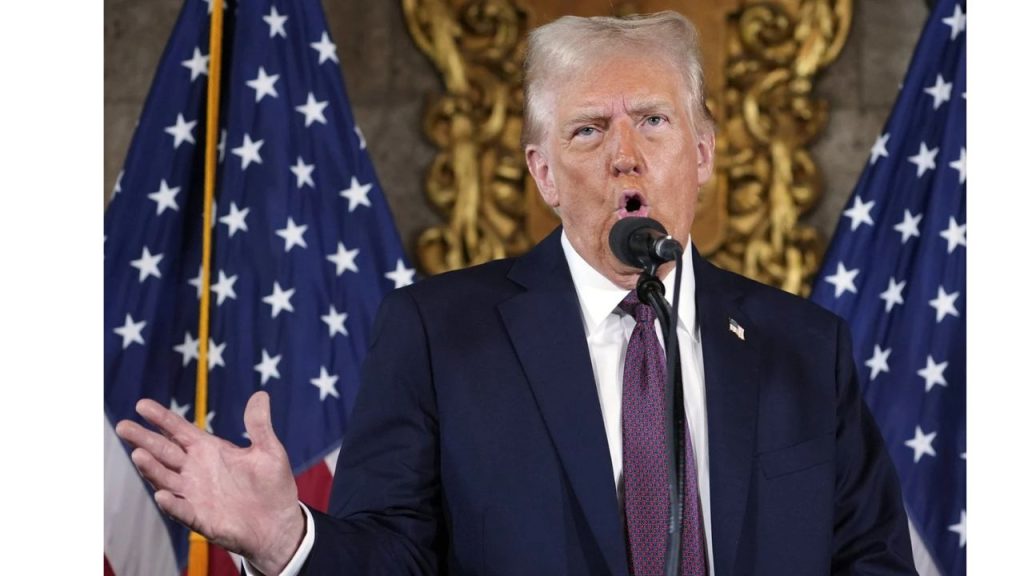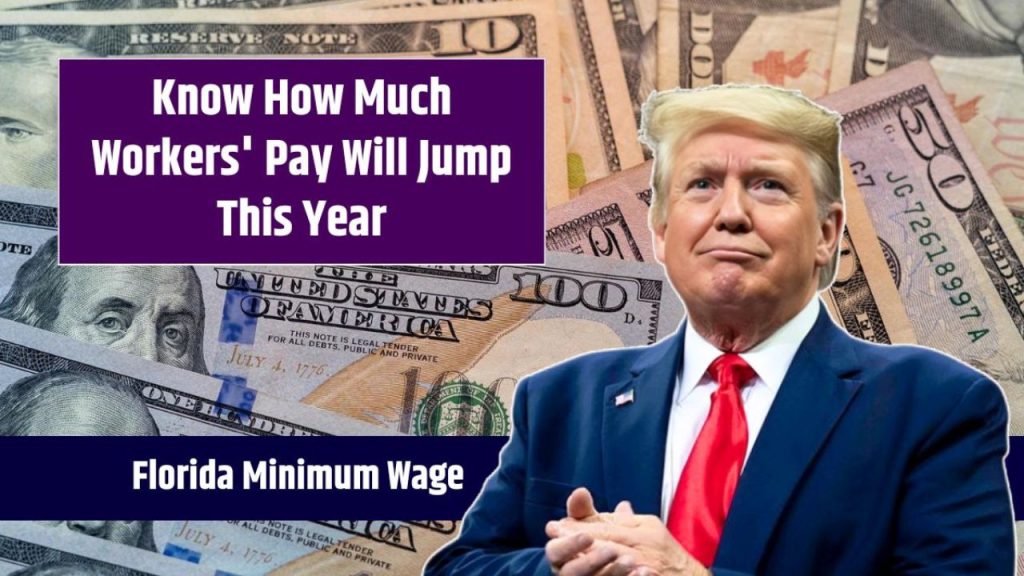Donald Trump’s pledge to raise tariffs upon taking office as president of the United States in less than two weeks has already sent global markets into a tailspin, from China to Europe, Canada to Mexico. Trade experts warn Trump’s proposed tariffs, which include up to 10% on international imports, 60% on Chinese goods, and a 25% import tax on Canadian and Mexican goods, would disrupt trade flows, increase costs, and provoke retaliation. The path ahead is rocky, but the magnitude and extent are still unknown. Here are a few markets that are currently of interest.
CHINA:
According to Goldman Sachs, “China will probably be the main target of the Trump trade wars 2.0.” The nation’s stock exchanges and central bank are being forced to defend a plummeting yuan and equities as investors are already gaining ground.
The dollar is trading higher than the symbolic 7.3 yuan milestone, which officials had defended, and China’s tightly regulated currency is at its worst point in 16 months. According to Barclays, the yuan will be worth 7.5 per dollar by the end of 2025 and drop to 8.4 if the United States applies 60% tariffs.
A poor economy has pushed down the rates on Chinese government bonds, hurting the yuan even without tariffs. This has caused the gap with high U.S. Treasury yields to grow. To assist exporters in coping with the effects of tariffs, analysts anticipate that China would allow the yuan to depreciate even more, albeit gradually.

A sharp decline would shake confidence, which has already been damaged when markets had their worst weekly decline in two years, and awaken latent worries of capital flight. Investors are also uneasy about other significant Asian exporters like Malaysia and Vietnam.
EURO’S TOXIC MIX:
Among major currencies, the euro has fallen more than 5% since the U.S. election, reaching two-year lows of about $1.04. Given tariffs’ uncertainties, JPMorgan and Rabobank predict that the single currency may drop to the crucial $1 threshold this year. With $1.7 trillion in two-way commerce in goods and services, the United States is the European Union’s most significant trading partner.
To boost a weak economy, markets expect the European Bank to reduce interest rates by 100 basis points this year. The dollar’s attraction over the euro is increased by traders who predict just 40 basis points of Fed rate decreases because they believe that tariffs might increase U.S. inflation. Europe is also harmed by a declining Chinese economy. Francesco Pesole, a currency analyst at ING, warned that simultaneous tariffs on China and the EU may be a “toxic mix for the euro.”
CAR TROUBLE:
Auto stocks in Europe are especially vulnerable to stories about tariffs. After Trump refuted a Washington Post report claiming that Trump advisors are considering imposing import taxes exclusively on essential goods, a basket of car names saw a temporary spike of about 5% on Monday.
The fluctuations show how sensitive investors are to a sector already in decline, with its shares losing 25% of their value since reaching a top in April 2024 and its relative values plummeting.
According to Emmanuel Cau, head of European equities strategy, autos are one of the consumer industries that Barclays is keeping an eye on. Other items include luxury products, industrials, and necessities.
Compared to the general market, a Barclays basket of the European equities most susceptible to tariffs has lost around 20% to 25% over the last six months. The euro zone’s economic downturn may extend European stocks’ poor performance. 2024 the S&P 500 index increased 23%, whereas the STOXX 600 was only 6%.
GOING LOONIE:
Following Trump’s November warning of a 25% tax on Canada and Mexico unless they cracked down on drugs and immigration, the Canadian currency has plummeted to its lowest level in more than four years.
It may fall farther. According to Goldman Sachs, markets may only be priced with a 5% possibility of such a tax. Although they believe this is unlikely, extended trade negotiations might keep the risks alive.
According to ING’s Pesole, a full-fledged trade war that requires more rate cuts from Canada may cause the loonie to drop to 1.50 against the US dollar. That would suggest a further decline of over 5% from the current level of 1.43. The situation became more difficult because of the resignation of Canadian Prime Minister Justin Trudeau.
VOLATILE PESO:
When Trump was elected in 2024, the Mexican peso was already down 16% compared to the US dollar, so a lot of positive and negative news for the peso was already priced in.
The peso had its worst annual performance since 2008 in 2024, declining 18.6%. In addition to the possibility of tariffs from the United States, which receives 80% of Mexico’s exports, the peso was also impacted by a contentious judicial reform.
The peso rose as much as 2% before reversing gains on Monday’s tariff report, which Trump later refuted. This underscored the possibility that volatility would persist as the president-elect continues to target commerce along the southern U.S. border.



